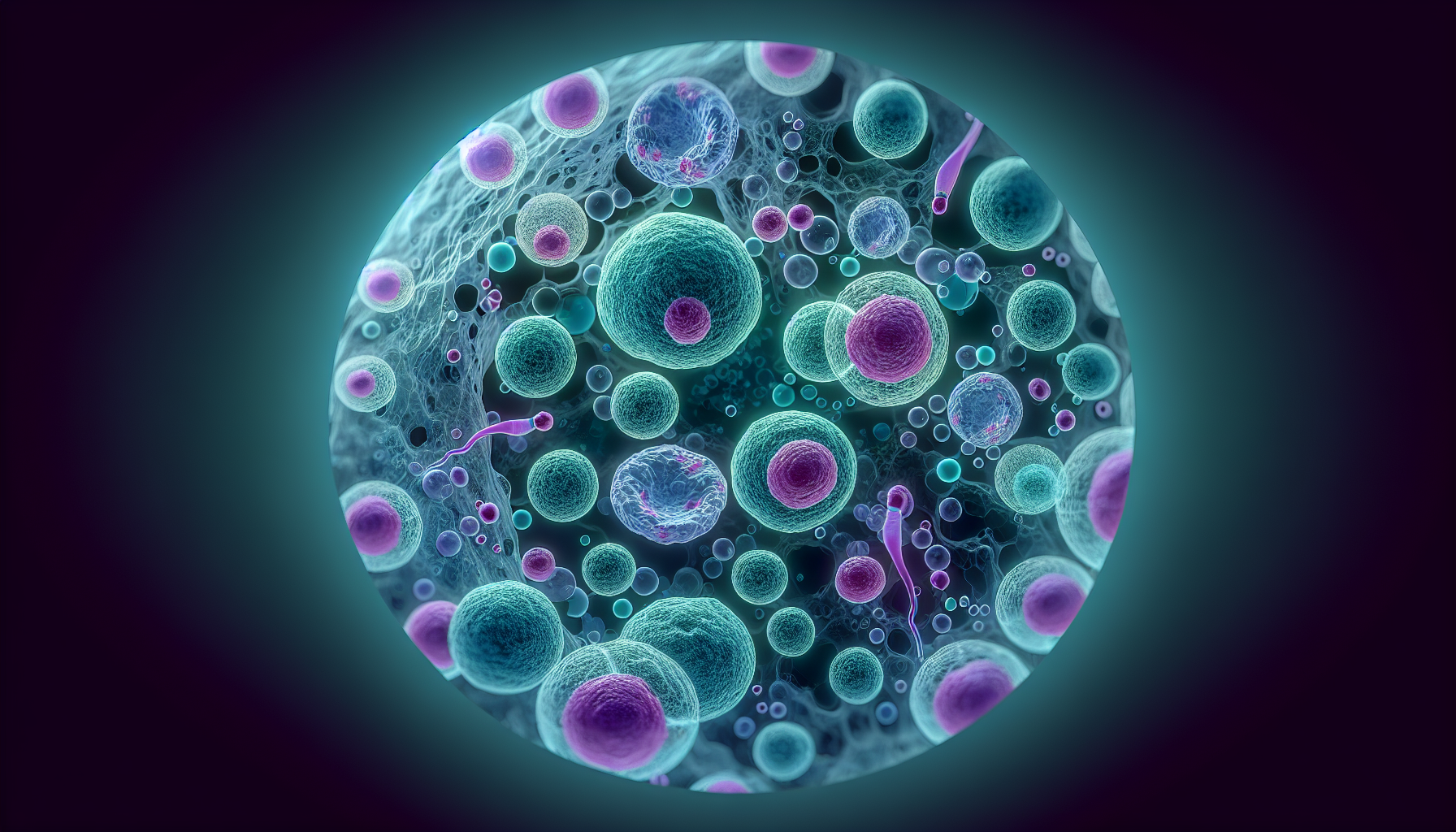New Immunotherapy Combinations Bring Hope in Bladder Cancer Treatment
Key Takeaways
- New immunotherapy combinations are changing the prognosis for bladder cancer.
- Enfortumab vedotin plus pembrolizumab nearly doubles survival compared to platinum-based therapies.
- Ongoing research may optimize early intervention and treatment strategies.
Did You Know?
Introduction to Bladder Cancer Therapies
Bladder cancer treatment has seen groundbreaking advancements with the introduction of new immunotherapy combinations. These cutting-edge treatments are revolutionizing the way physicians approach both locally advanced and metastatic bladder cancer, potentially improving the prognosis and quality of life for patients.
Enfortumab Vedotin Plus Pembrolizumab
Enfortumab vedotin combined with pembrolizumab is a frontline therapy that has dramatically changed the treatment landscape for metastatic bladder cancer. Previously, platinum-based chemotherapy was the standard first-line treatment. However, the survival outcomes of the enfortumab vedotin and pembrolizumab combination nearly doubled those of platinum-based therapies. This new regimen is proving to be a cornerstone in the fight against bladder cancer.
Cisplatin-Based Immunotherapy Combinations
Recent studies have confirmed the efficacy of combining immunotherapy with cisplatin-based chemotherapy. The CheckMate-901 study demonstrated that combining nivolumab with cisplatin and gemcitabine results in durable complete responses (CRs) for some patients. This combination also incorporates maintenance therapy with nivolumab, highlighting the importance of sustained immunotherapy for improved patient outcomes.
Perioperative and Preoperative Immunotherapy
Oncologists are eagerly awaiting results from ongoing studies exploring immunotherapy in the perioperative setting. Early data on enfortumab vedotin as a single agent, and in combination with immunotherapy in the preoperative phase, show promise. These studies may lead to the use of immunotherapy earlier in the treatment process, which could prevent the progression of the disease to a more advanced state.
Challenges and Future Directions
While the new combinations offer hope, they also introduce challenges. Questions arise concerning re-treatment with immunotherapy if the cancer recurs after initial therapy, and whether the time since the last treatment affects the outcome. Additionally, with so many emerging agents, determining the best course of treatment can be complex.
Anticipated Approvals in Non–Muscle-Invasive Bladder Cancer (NMIBC)
The field of NMIBC is also experiencing an influx of new therapies. These innovations are vital for early intervention and aim to prevent the disease from progressing to muscle-invasive or metastatic stages. Early use of intravesical therapies in NMIBC shows high response rates and may significantly improve patient survival.
Combining ADCs and Immunotherapy
Researchers are now experimenting with combining antibody-drug conjugates (ADCs) with immunotherapies. Enfortumab vedotin plus pembrolizumab currently boasts a response rate of approximately 70%. Optimizing these combinations to push response rates even higher while ensuring patient tolerability is a key focus.
Patient Selection and Treatment Tolerability
As the number of available agents grows, so does the need for personalized treatment plans. Understanding markers of resistance and patient-specific factors will be crucial to selecting the best therapy. For example, determining whether resistance comes from the target or the drug’s payload can guide future ADC development.
A New Era of Optimism
The advancements in immunotherapy and chemotherapy combinations are transforming physician attitudes toward bladder cancer treatment. Where there was once pessimism due to limited options, there is now optimism and an eagerness to leverage new treatments to improve patient outcomes significantly.
Conclusion
The latest developments in bladder cancer treatment, including new immunotherapy combinations, hold great promise for the future. Continued research and clinical trials will further refine these therapies, offering new hope and improved survival rates for patients battling this challenging disease.






